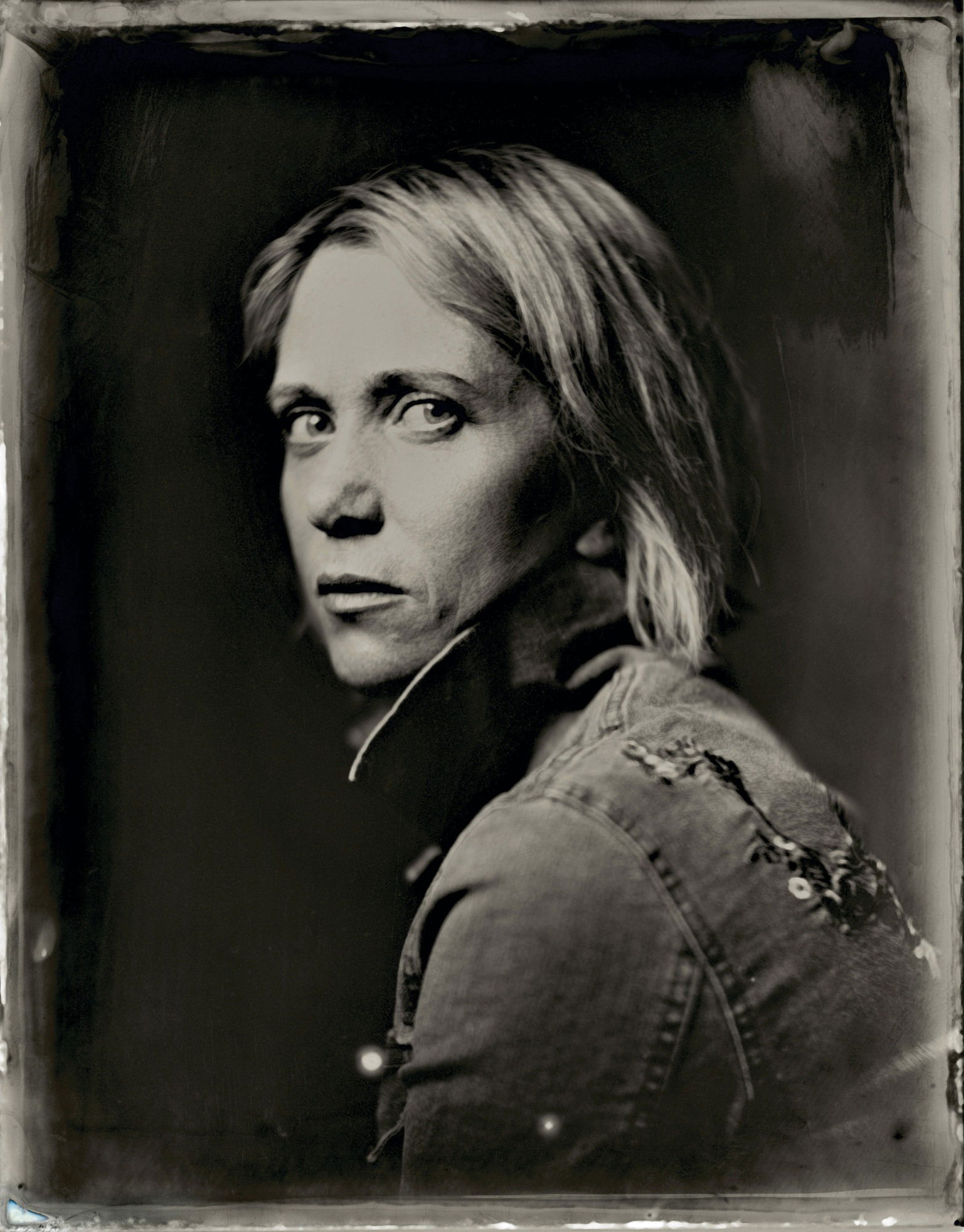After years at the New York Post as a staff photographer, Victoria Will decided to take a leap of faith and go on her own. Today, her photographs appear in the well-established press including W Magazine, Associated Press, The New York Times, Vogue, and many more.
With a focus on portraiture and lifestyle photography, Victoria‘s work is delighting yet unconventional. The collection of tintypes from the Sundance Festival is one of the examples. No matter what the circumstances are, for Victoria, every single image has to be driven by the moment and must feel like a “complete thought”.
In this interview, we will talk about her career, inspiration, and what’s rewarding about taking photos.

Who is Victoria Will? Could you tell us a little bit about yourself?
I am a portrait and lifestyle photographer who works in both editorial and advertising. I have two little boys, two dogs, and an incredibly supportive and helpful husband. We live in Brooklyn, NY.
At what point did you know you wanted to pursue photography as a career?
When I got to college we had to write a thesis (more like a novel) to graduate. So I asked myself — if I need to sit in a library for a year and read about one topic, what do I find the most interesting and inspiring. The answer was Art History and that quickly lead to the history of photography and then actually making images.


You started at the New York Post, as a photojournalist, what did you learn from that job and how did the experience help you with what do you today?
How much time do you have! This is a LONG answer.
The short version is that I learned almost everything practical about photography that I incorporate into my work at the New York Post. I learned how to light, how to be efficient (how to get what I needed or the paper needed in a short time), how to work in a competitive environment and eventually how to shoot for myself. I take what I learned there into every shoot and I still think my work has a very photojournalistic sensibility. I might be creating the moments now instead of waiting for them. But all that time at the Post taught me what I was looking for.
When did you figure it was time to go out there on your own and how did you deal with the career change?
I started getting calls to do freelance work from people who had seen my work in the paper. I made a website and took the leap. That little bit of confidence from those few calls made me think it would be possible. And it was, but the phone didn’t exactly ring off the hook after that. It was a long slow daily hustle.

How would you describe your personal style? And how did you construct it? Do you have any tips when it comes to finding your own signature?
I don’t really know what my style is. I’m sure others can describe it. I can’t. But I can tell you that, for me, each image has to be moment driven and feel like a complete thought. As long as I am always inspired by the work or it feels fresh and beautiful then it seems to fit. I guess what I’m saying is trust your taste level. Trust your gut. Trust your point of view. If you stick to it and evolve when it does, the work and style hopefully, will grow with you.
As a photographer, mother of two, and wife, how do you manage to keep researching for new ideas and have time to work on your inspiration?
It’s very difficult to make time. I am only able to do what I do because of a giant supportive group of people that I lean on. But at the same time, I also fiercely defend my personal time. That is where the magic happens. Napping, taking trips to museums, hiking. These things work for me. You have to actively care for yourself and your creativity — and this is speaking from experience!

What were some of the unusual things you did as a photographer to reignite your creative spark?
I tend to take another look at my favorite photobooks – some I’ve read or flipped through hundreds of times. It is amazing how I always find something different in the same body of work. It’s actually kind of magical.
Could you tell us more about your latest work for the Sundance Festival? What are some of the most challenging things about shooting tintype?
Everything about tintypes is challenging, until it’s not. Meaning the learning curve is steep. The chemistry, the lighting — they take time to learn and re-learn and get right. But then in a place like Sundance, the most difficult thing is the time constraints. I only had the ability to shoot one tintype of each person (with a few exceptions). So I really needed to get it right, and quickly!


For you, what is the most rewarding thing about photography?
Wow, what a simple question that I’m not sure I have ever stopped to think about because I love so much about it. But the most important to me are the subjects of my images. We are in it together and we have to have a mutual trust. When that true collaboration happens the possibilities are endless.
What are your plans for the future?
Keep showing up. Everyday.
To see more of Victoria’s work visit her website or her Cherrydeck profile, here.?

4 replies on “From a Safe Path To Finding Inspiration– An Interview with Victoria Will”